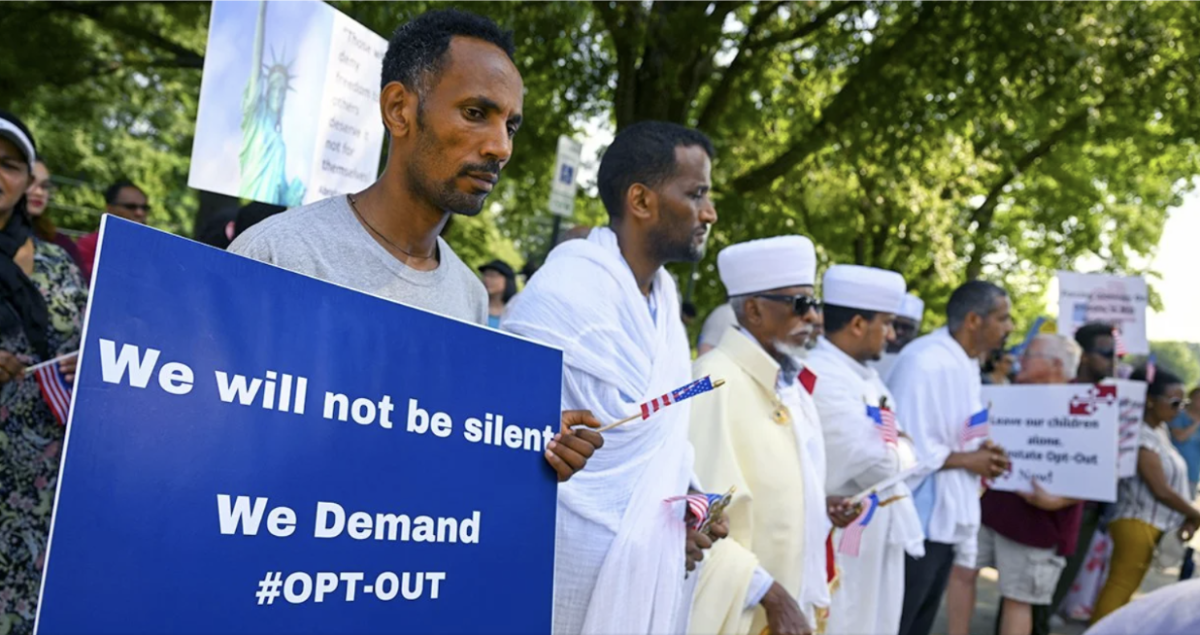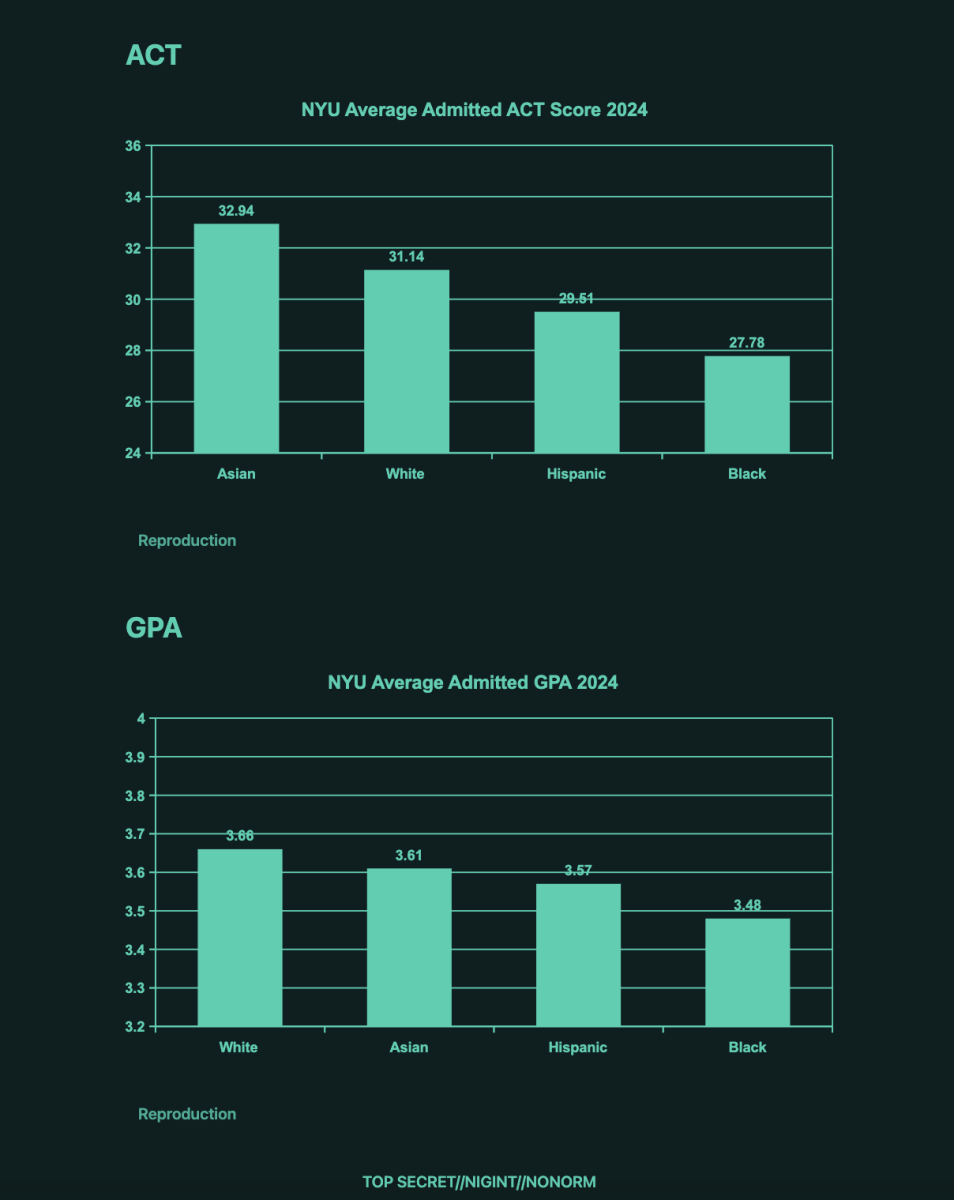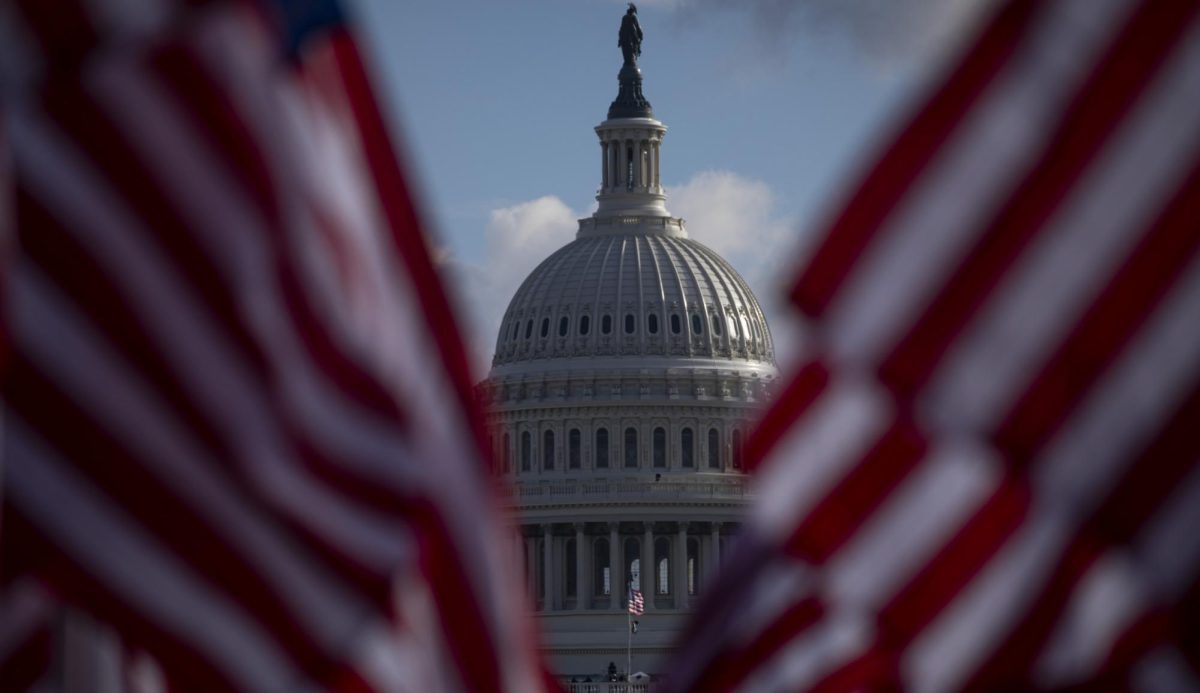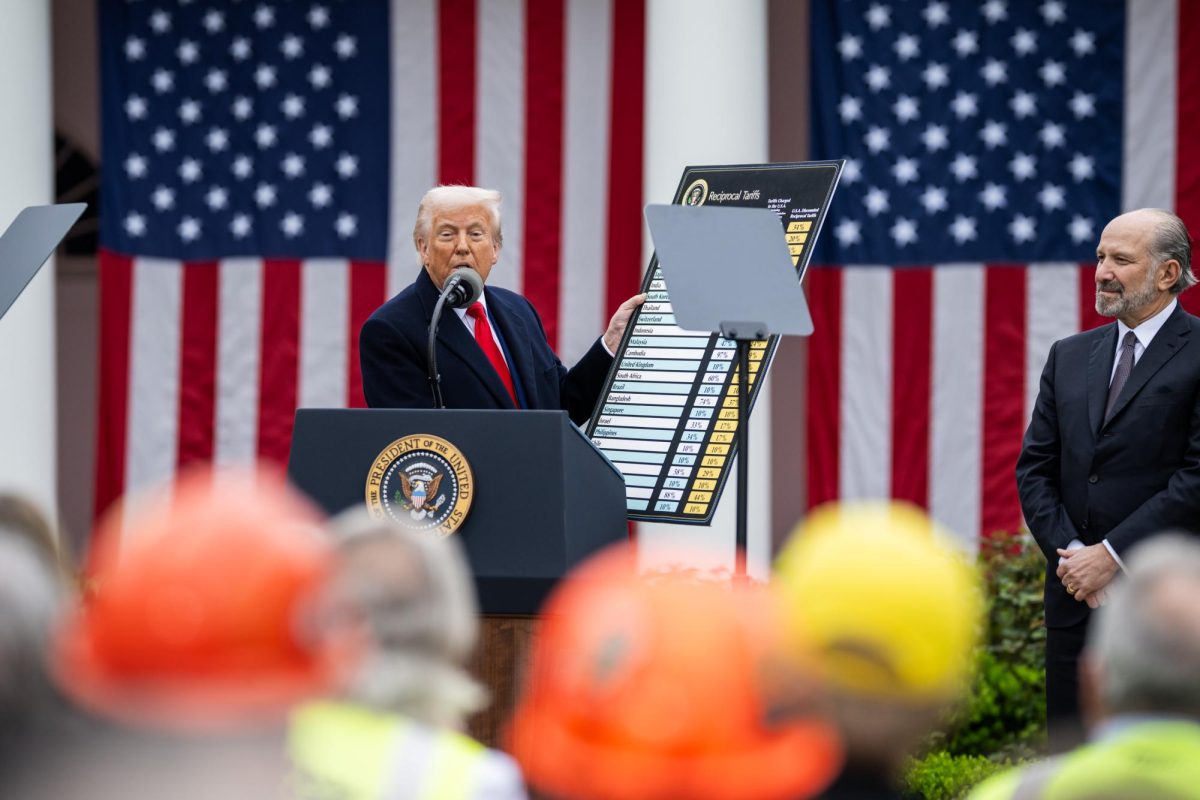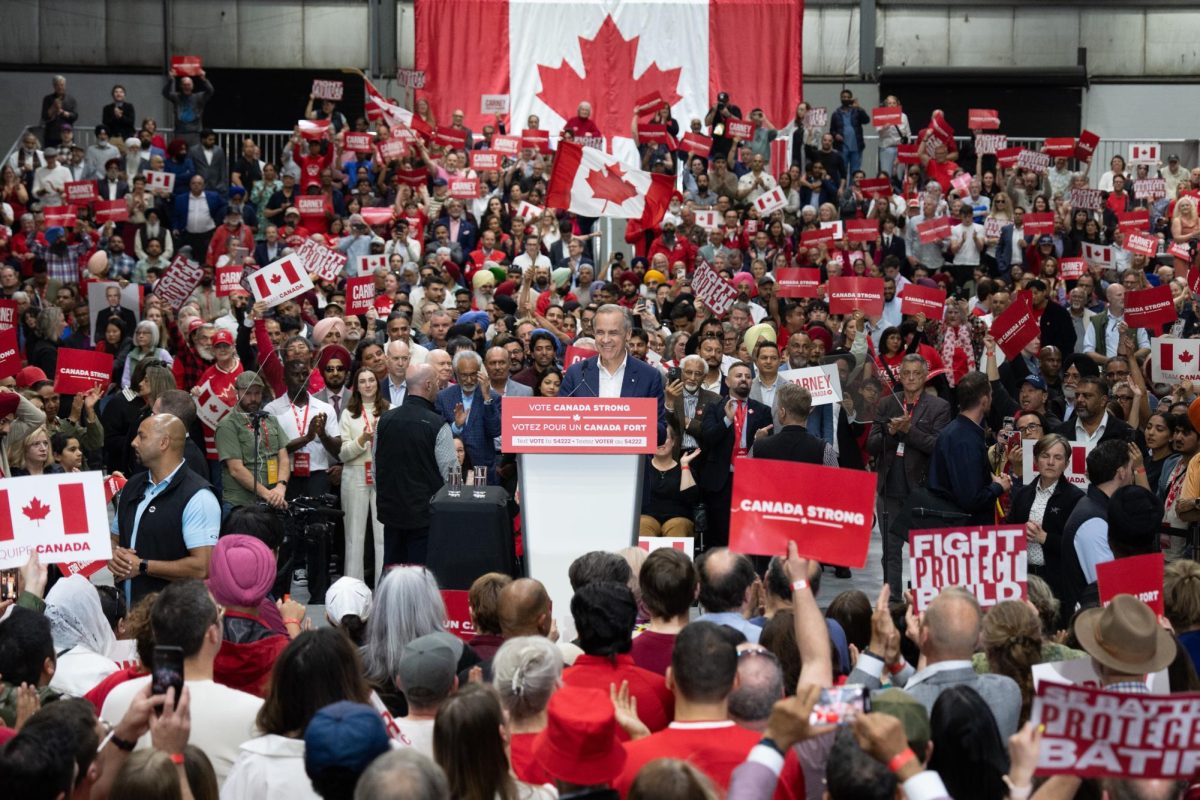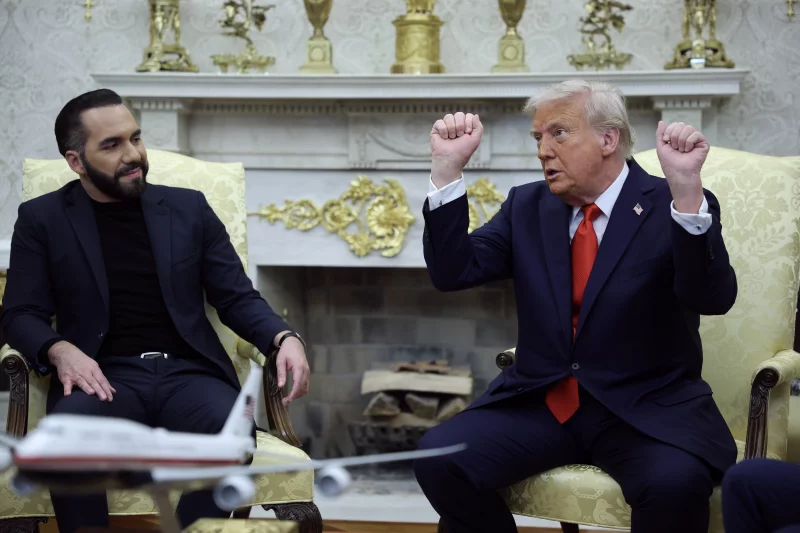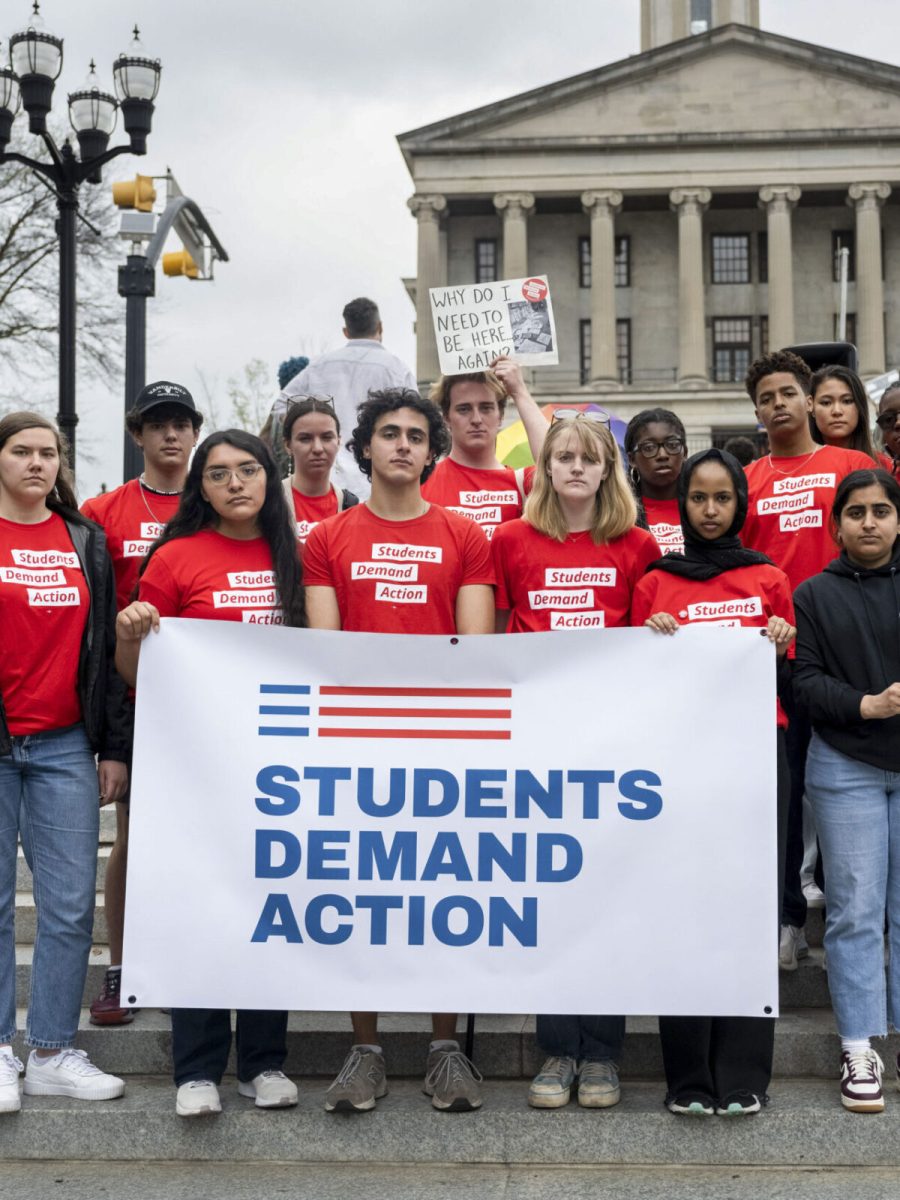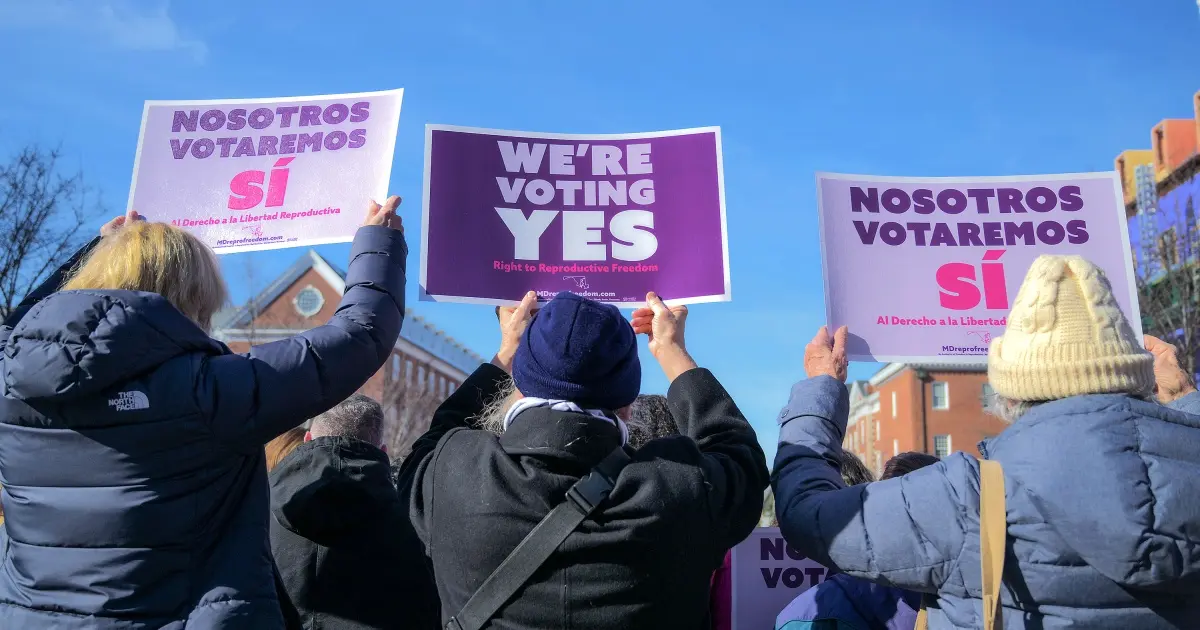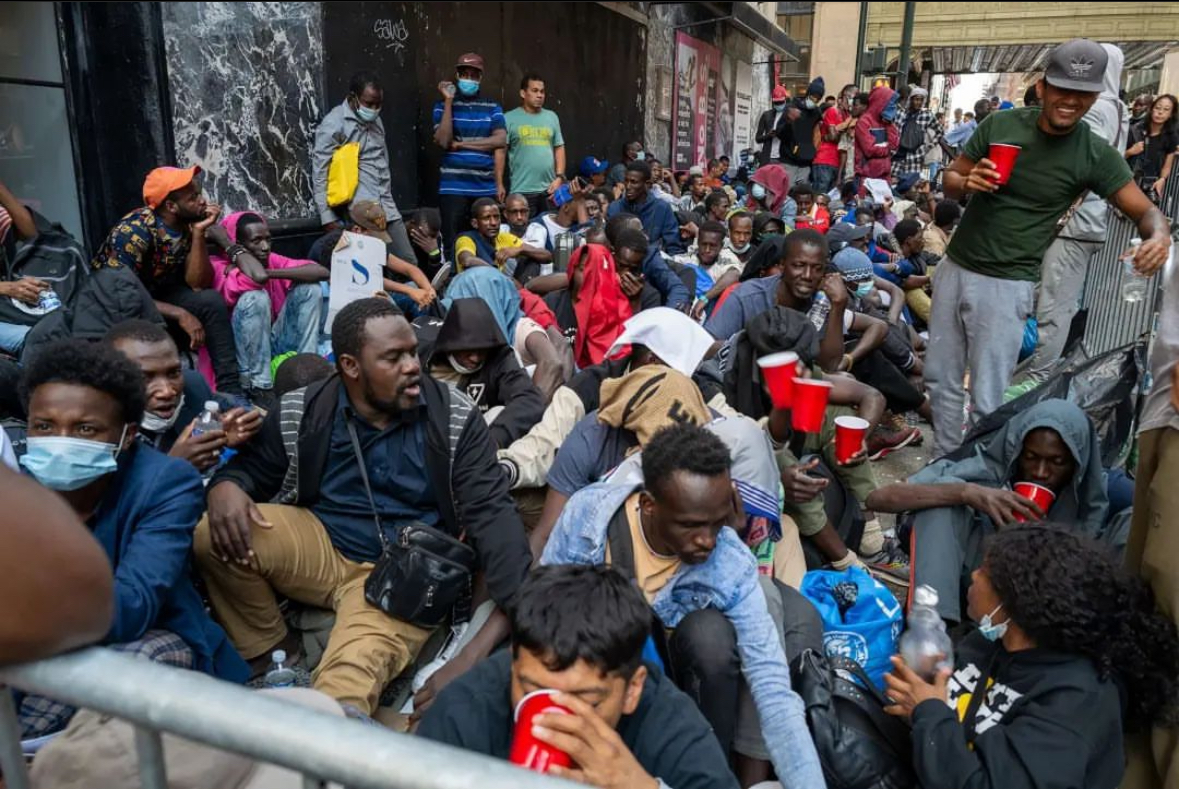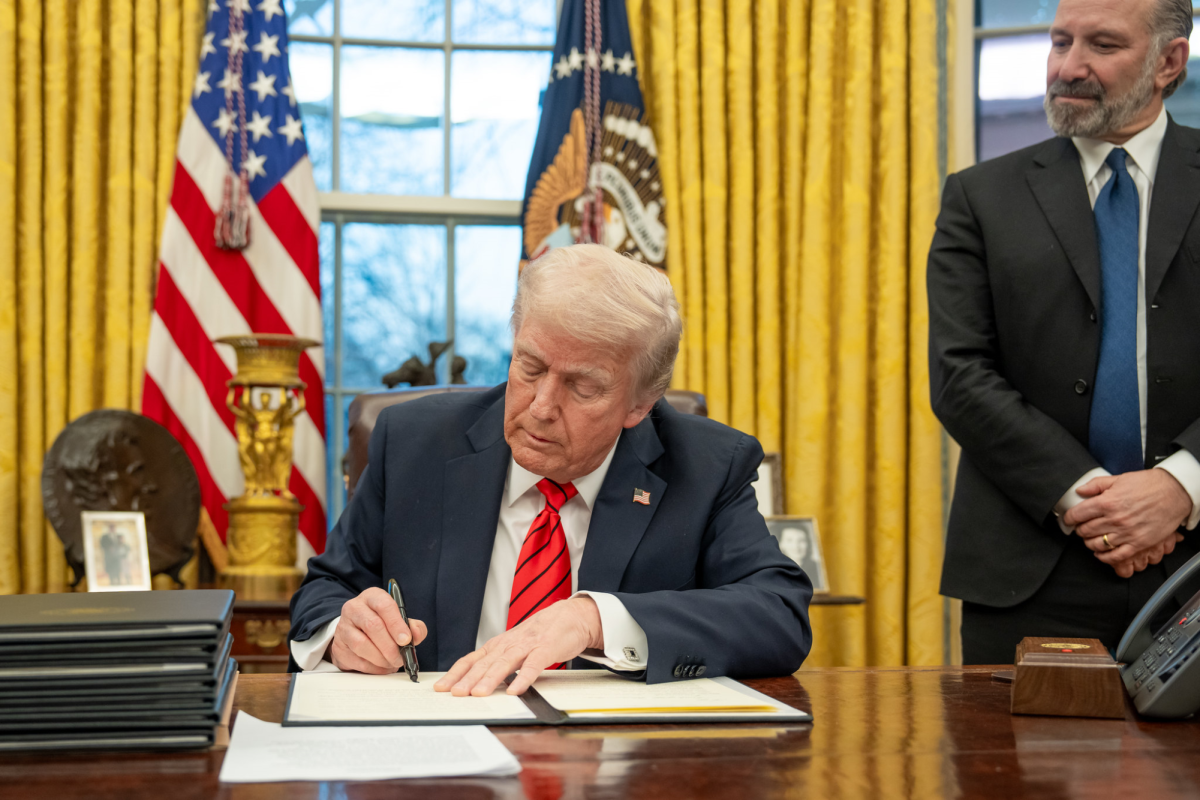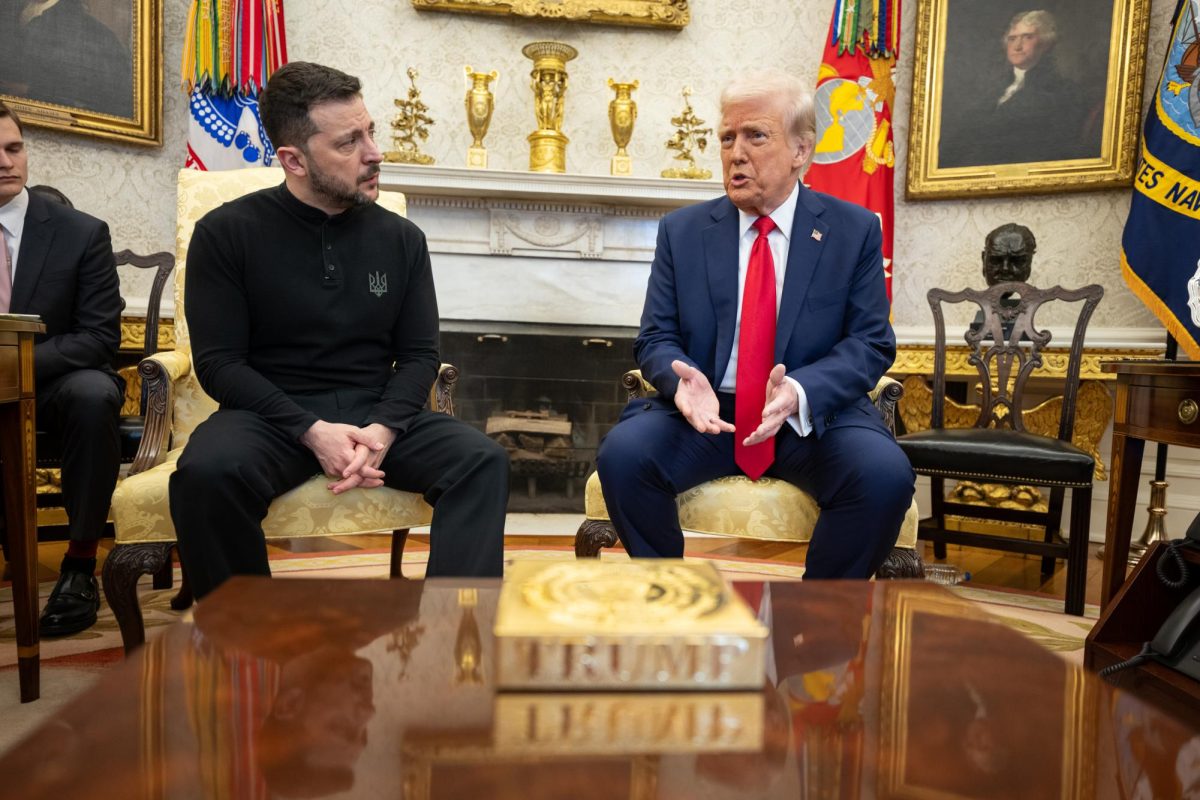In his 2024 presidential campaign, Donald Trump clearly intended to implement sweeping changes to the country and federal government from day one. In the first month of his second term, he’s followed through with a bevy of executive orders, assertions of presidential authority, and statements of intent as to where his America will fall in the ever-changing world order.
The President’s first day in office saw him sign 26 executive orders covering a wide range of subjects, including withdrawing from the World Health Organization and Paris Climate Accords, declaring a “National Energy Emergency,” rescinding 67 executive orders from the Biden Administration in one quick action (and more thereafter) and renaming Mount Denali and the Gulf of Mexico to Mount McKinley and the Gulf of America, respectively. Alongside their stated effects, these orders put one thing on full display: Trump’s intent to push the boundaries of executive power to its limits.
The plainest example of the administration’s efforts to consolidate the power of the executive branch came with one of its day-one orders. Titled “Protecting the Meaning and Value of American Citizenship,” it revoked birthright citizenship for American-born children whose parents are not United States citizens or permanent residents, sidestepping the letter of the Fourteenth Amendment by claiming that these children are not subject to the nation’s jurisdiction. A New Hampshire federal court blocked the order on February 10.
Later in his first week, Trump announced firing the inspectors general – independent watchdogs – from over a dozen federal agencies. The move isn’t typical of a presidential transition: It hasn’t happened since Reagan first took office in 1981, and the president notably did not provide the 30-day notice to Congress required by federal law. Eight of the inspectors filed a lawsuit on February 12 seeking immediate reinstatement.
Causing the most external disruption and chaos in Trump’s second term so far was a January 28 internal memo from the White House budget office ordering a complete pause on federal grants and loans. By doing so, Trump exercised a presidential power that has fallen out of use in recent decades in impoundment, or the president’s ability to withhold spending of money appropriated by Congress. There’s a reason why impoundment is uncommon in modern politics — the 1974 Congressional Budget and Impoundment Control Act removed the power from the Office of the President.
The Trump Administration’s strategy has been to argue that the 51-year-old act is unconstitutional, but in both a same-day emergency ruling and a February 10 appeal, federal courts have rejected the argument. One day before, though, a separate district judge found the White House to be in violation of the initial court order to resume federal funding. When, or if, the Trump Administration will comply with the court orders and unfreeze hundreds of billions of federal funds remains to be seen.
As a part of the White House’s executive policy, Trump sent out an order ordering for all DEI (diversity, equity and inclusion) programs across the federal government to be shut down, including ensuring that all contracts and grants comply with the administration’s anti-DEI policy. In complying with the order, federal agencies banned the celebration of several holidays and observances, including Juneteenth, Pride Month, Black History Month and Holocaust Remembrance Day.
The National Science Foundation has also canceled grants for research studies that violate the former executive order (which specifically states that such grants should not be for studies that “promote gender ideology”) by flagging papers that contain certain keywords, such as “diversity,” “gender” and “women.” This has raised concerns over censorship of key medical research in a wide array of scientific fields.
In his campaign, Trump made tariffs — taxes paid by importers on foreign goods — a key part of his economic plan. Thus far, they’ve been levied on a number of nations, including some of the U.S.’s largest trading partners in China (10% on all goods), Mexico (25%), and Canada (25%). The former went into effect on February 4; the latter two were delayed until March 4 after negotiations with each country that, while partially successful, were classified as “not good enough” by Trump. 25% tariffs were also placed on global imports of steel and aluminum. All countries targeted have declared their intent to push back with similar economic measures, particularly Canada, which has seen a stark rise in nationalist sentiment since Trump entered into office.
Alongside those already announced, Trump has threatened tariffs on many other nations and goods. Colombia briefly entered into a trade war with the United States over a dispute over the treatment of illegal immigrants being deported to the country – though all measures were placed on pause indefinitely on January 26. The European Union has, too, been the target of Trump’s tariff musings, alongside Taiwan, whom the president threatened with 100% tariffs on semiconductors produced within the nation.
Besides using them as a negotiation tactic, one of Trump’s stated goals of the tariffs has been to reduce the nation’s trade deficit — the difference between the total value of goods it imports and the total value of goods it exports. Whether or not this comes to fruition (tariffs encourage a decrease in both domestic imports and exports), the policies will likely cause prices to rise — although the extent of their economic effect will depend on the severity and extent of the tariffs.
Another one of the key focus points of Trump’s campaign has been immigration, and in that regard, he has taken stark action. Among his early executive orders were ones that sent a military presence to the U.S.-Mexico border, ordered the continuation of the construction of a physical border wall, designated cartels as terrorist organizations, ordered the immediate deportation of all those in the country without legal status and suspended the U.S. Refugee Admissions Program. The total has been a slowdown in legal immigration and a crackdown on those living in the nation illegally — and the effects have been widespread.
Immigration and Customs Enforcement (ICE) has targeted sanctuary cities — municipalities that limit or refuse to work with the national government in sharing information with ICE and other federal agencies — and others with high migrant populations. Arrests have been greatly publicized in New York City, Chicago, Los Angeles, Philadelphia, Phoenix, San Diego, Denver, Miami, Atlanta, Dallas and more. ICE has stated that they are targeting migrants who have broken the law, though numbers obtained by NBC News suggest that around 50% of arrests being made are on those who haven’t broken U.S. law or have committed nonviolent offenses, making being in a public space a risk for many illegal immigrants.
Trump also announced the opening of a migrant detention facility at Guantanamo Bay for up to 30,000 migrants. The prison – located on a naval base in Cuba and established in 2002 – did not grant prisoners protections under the U.S. Constitution or the Geneva Conventions in the past and has had numerous former prisoners come forward to report abuse and torture of detainees. Far away from the public eye, the movement of migrants there mirrors Trump’s rhetoric of wanting to send criminals and illegal migrants out of the country (El Salvadoran President Nayib Bukele offered to accept American prisoners and hold them in the nation’s massive complexes) while mirroring concerns over the treatment of migrants nationwide.
The process of legally obtaining a visa to enter the country has been made more difficult, too – executive agencies have been ordered to review their application vetting procedures, having been told to recommend by April whether certain countries and their citizens require more detailed review or complete suspension of U.S. visa applications.
Adding to the torrent of executive upheaval, the richest man in the world and top Trump donor, Elon Musk, has played a substantial role in the administration through his Department of Government Efficiency (DOGE). Carved out of the remains of the U.S. Digital Service, the agency’s stated goal has been to audit the federal government to reduce spending, and it has had a far-reaching impact throughout the executive branch.
Musk, alongside a group of 19 to 24-year-olds hired to the agency, has obtained unprecedented access to federal payment systems, including that of the Treasury Department, which stores personal data for most Americans — including social security information. The granted access raised concerns over the potential for errors to cause widespread damage and the invasion of privacy of American citizens, and several lawsuits were subsequently filed. On February 8, a federal judge in New York blocked the agency’s access to Treasury records.
Even with this blockage, several cuts have been made to executive programs. The U.S. Agency for International Development (USAID) saw massive cuts as funding for the agency — which provides humanitarian efforts in areas of high conflict and poverty — was largely shut down. According to Reuters, only 294 of the over 10,000 employees of USAID remain after DOGE’s cuts. The inspector general of the program additionally filed suit after being fired.
DOGE’s work has also resulted in the Trump Administration ordering the Consumer Financial Protection Bureau (CFPB), a government agency designed to protect consumers from corporate fraud and scams, to halt most of their work. This move, too, has spawned multiple lawsuits from labor unions seeking to block the shutdown of the agency.
Along with these shutdowns, DOGE has also sent buyout offers to over 2 million federal employees, made sizeable cuts to the Department of Education (where it has been sued for collecting data on student loan payments), terminated workers at the Federal Emergency Management Agency (FEMA), and successfully pushed Trump to cut $9 billion in research funding at the National Institute of Health (NIH). The cuts to the NIH, too, were paused by a federal judge.
A common theme has befallen many of the Trump Administration’s more aggressive actions: federal courts will promptly move to issue injunctions or restraining orders against his executive orders while the White House drags its feet on compliance while looking to each ruling. A war has broken out between the executive branch and the judiciary, which could have massive ramifications on the separation of powers in the American government.
In response to the flurry of injunctions, Vice President JD Vance said in a post on X (formerly known as Twitter) that “judges aren’t allowed to control the executive’s legitimate power” – a statement that contradicts U.S. law dating back to the landmark Marbury v. Madison case that granted the courts the ability to interpret legal gray areas.
Trump signed another executive order on February 18 that would give the executive branch and the president more direct control over independent agencies such as the Securities and Exchange Commission, Federal Trade Commission, Federal Communications Commission, National Labor Relations Board and part of the Federal Reserve (leaving alone its ability to make independent decisions on monetary policy, such as raising and lowering interest rates).
According to the order, all regulations proposed by the agencies must be reviewed by the White House and declared that funds that conflict with Trump’s policies may be withheld, banking once again on the legal validity of impoundment. It also mandates that they must accept the legal interpretations of the president and the Justice Department as binding, a role formerly reserved solely for the judicial branch.
The executive order is yet another troubling sign of a conflict that may result in the Supreme Court being forced to choose between lessening its own power and going against a president whose agenda they have primarily aligned with since gaining a 6-3 conservative majority in 2020.
Some of Congress’s only involvement in Trump’s first month has come with his Cabinet nominees — all of whom, including Secretary of Defense Pete Hegseth, Secretary of Health and Human Services Robert F. Kennedy, Jr. and Director of National Intelligence Tulsi Gabbard, passed. Hegseth’s nomination was the only one that required JD Vance to cast a tie-breaking vote, as Republican Senators Mitch McConnell, Lisa Murkowski and Susan Collins voted against him.
Trump’s first month back in office has been as disruptive as it has been frantic. No part of the federal government has gone unaffected by his own executive orders or Musk’s DOGE, and there will be more reform yet to come. Whether or not his agenda withstands numerous legal challenges, the second Trump Administration will continue to test the bounds of its executive power — leaving the nation at an impasse in a time of domestic and international strife.


